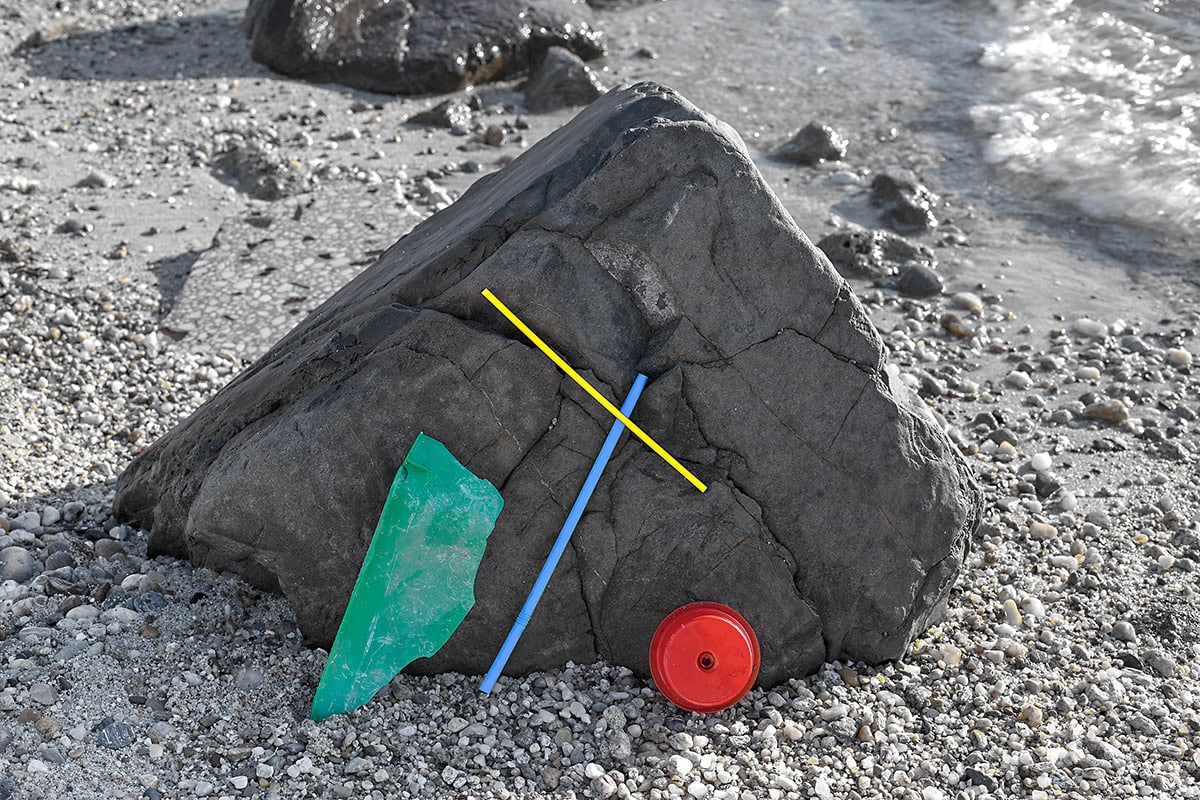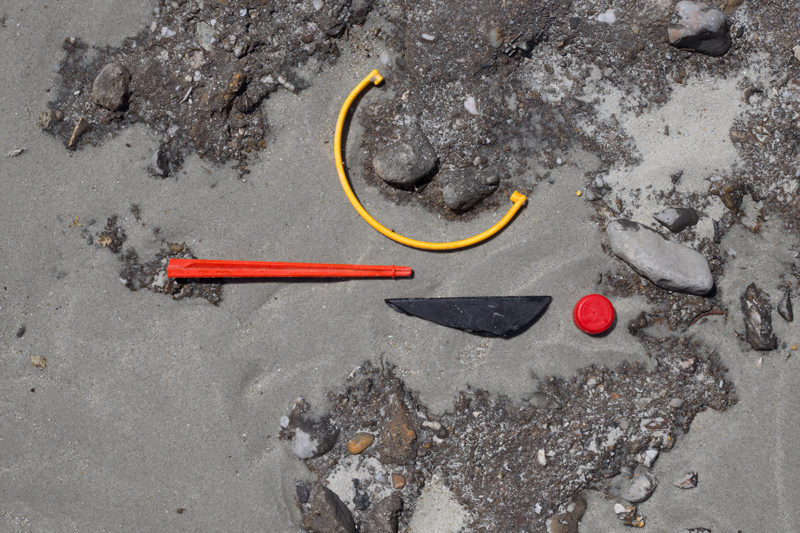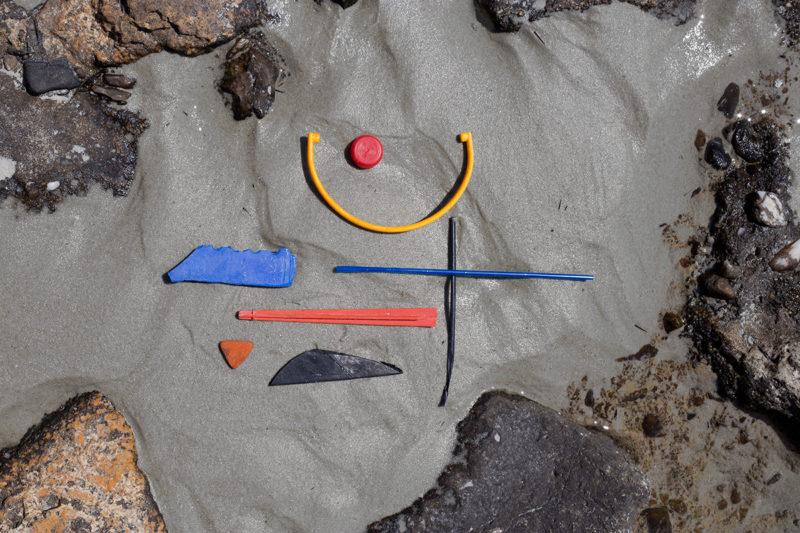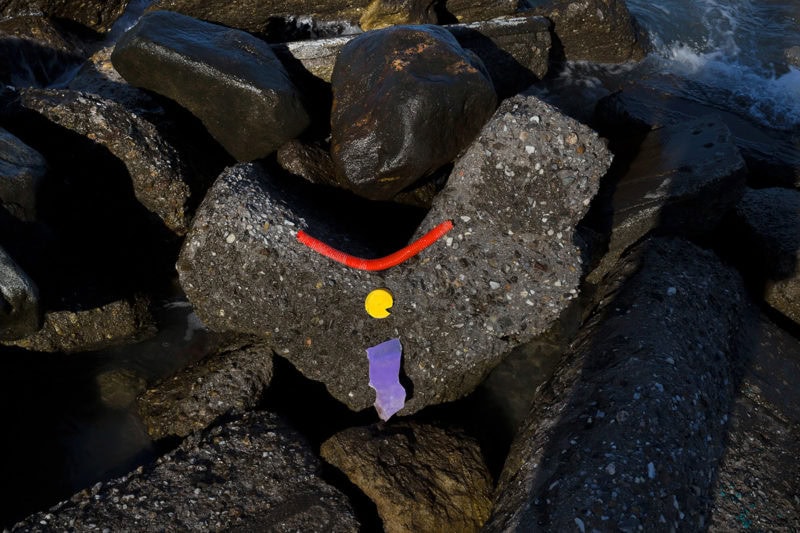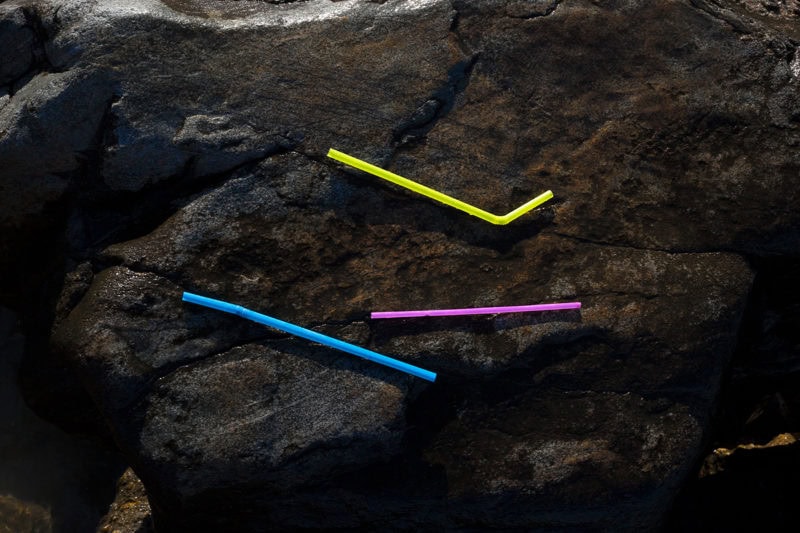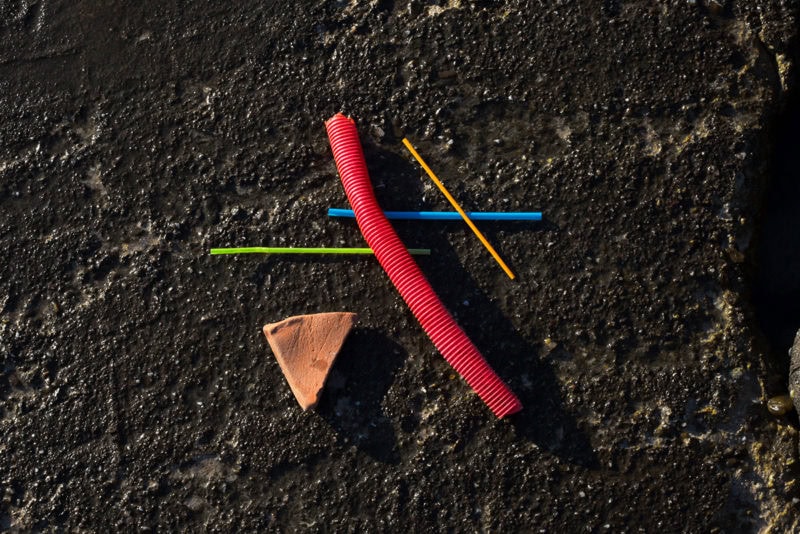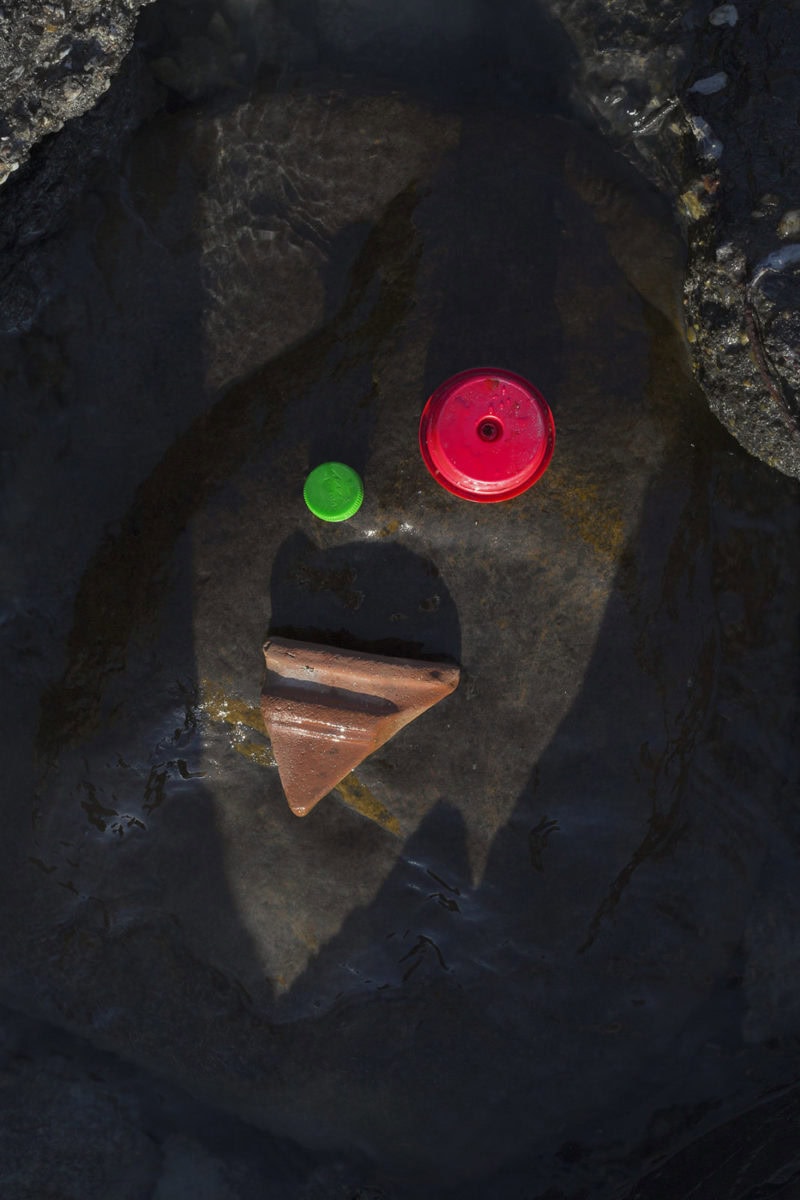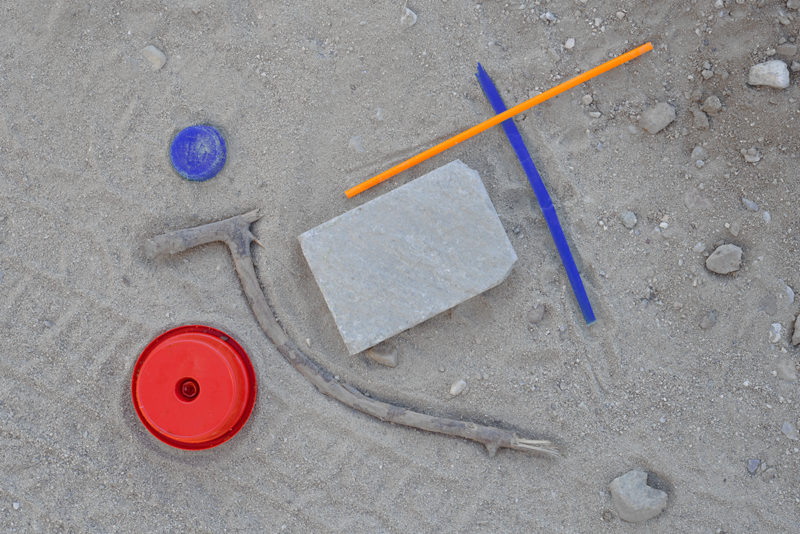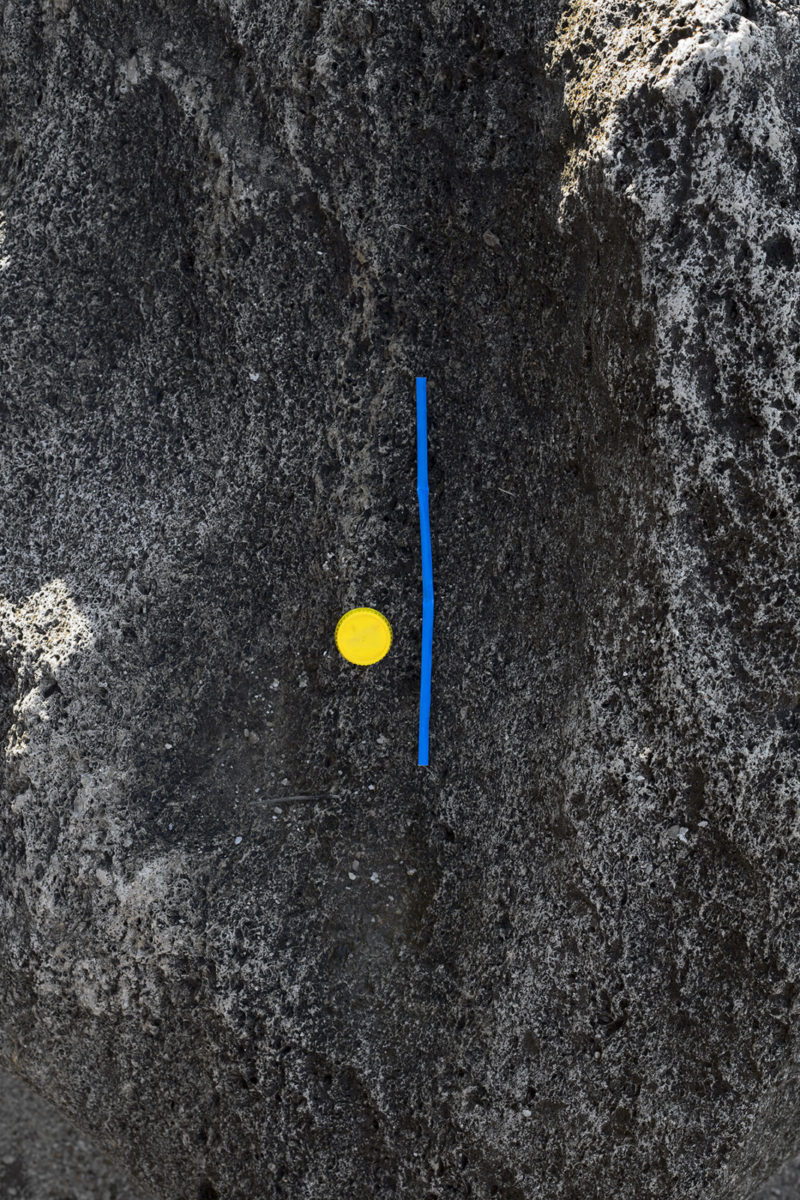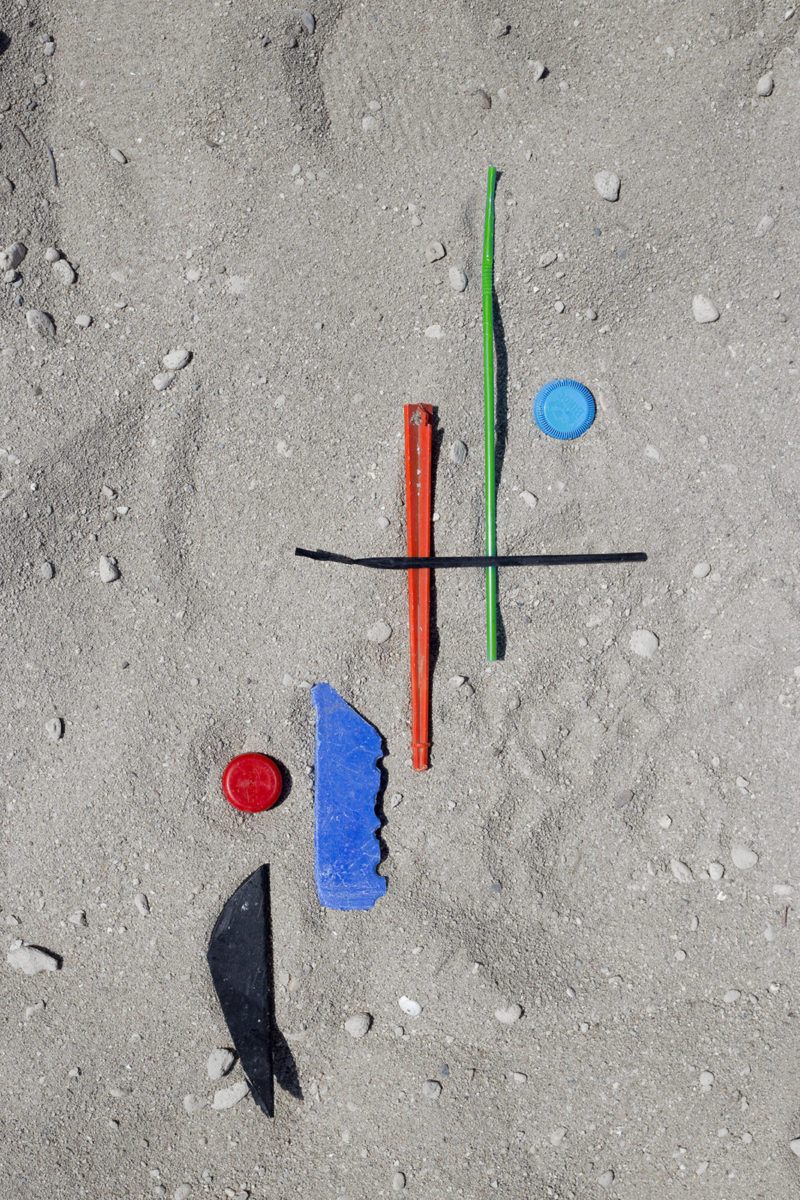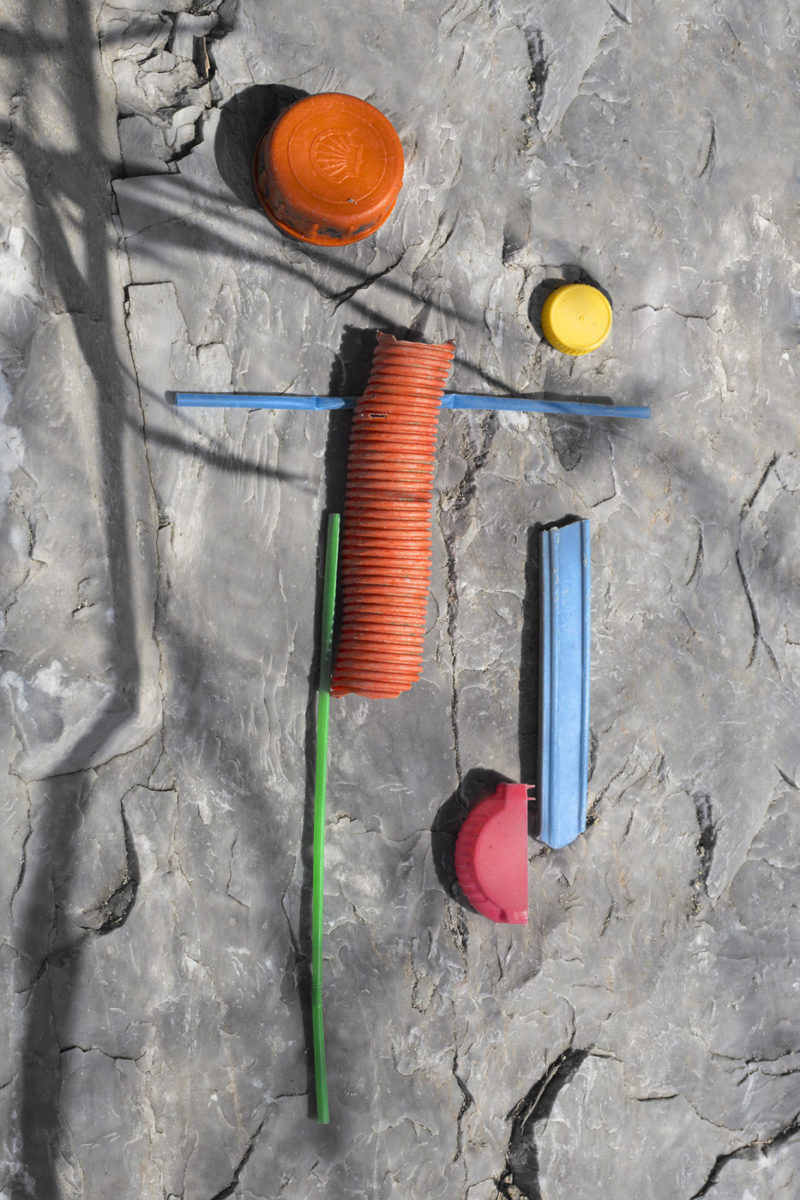Balazs Csizik was born in 1987 and obtained his master’s degree in Visual Communication at Budapest University of Technology and Economics where he’s currently teaching.
Balazs’ visual language is mainly inspired by modern experimental architecture and the art movements of suprematism and constructivism. He combines the skillsets of graphic design with the ones of photography to obtain synthetic messages. On the content side, his artwork reveal broad research regarding the relation between urban and natural landscapes, enhancing the contrast among idyllic nature and artificial man’s vibrancy.
The common features of his series are the principles of reduction and minimalism. These concepts define multiple aesthetic parameters like compositions and the use of colors but are also translated into conceptual meanings of distance and resignation in relation to the urban appearance displayed. In his works, Balazs uses custom made materials, like plywood objects and textile elements with organic surfaces of natural substrates. The main visual potential is thus based on the handmade artificial world and the interplay between nature and built elements, duality mirrored also through the use of digital and analog media.
Since 2018, he’s been represented by BROWNIE Contemporary Art Photography Gallery (Shanghai – China) worldwide. He signed with the best Hungarian contemporary art gallery “Molnár Ani Gallery”.
About ‘Waste Suprematism’:
The series “Waste Suprematism” is based on feeling guilty about finding beauty in colorful plastic pieces, despite them being garbage and also representing one of the biggest challenges to solve for humanity: to reduce the pollution of the Oceans. We can find the aesthetics of these elements in arranged compositions and also can think that we should raise awareness of this problem. The mass of plastic in the oceans may be as high as 100 000 000 tons.
Discarded plastic elements and other forms of plastic waste which finish up in the ocean represent a danger to wildlife, and aquatic life can be threatened through entanglement, suffocation, and ingestion.
In the series, I want to experiment with the relations between rough urban elements and nature. I also experimented with how I can change the weight and form of the different kinds of urban materials with the use of natural elements to give new feelings about the inhuman and brutal materials like concrete.
This series is also an homage for the art genres suprematism and constructivism, such as Kazimir Malevich and László Moholy-Nagy. We can find the colorful elements in our polluted nature, focused on basic geometric forms, like squares, circles, triangles and diagonal lines. I find that these manual art compositions are reconstructible in the everyday urban landscapes in a two-dimensional graphic form.
